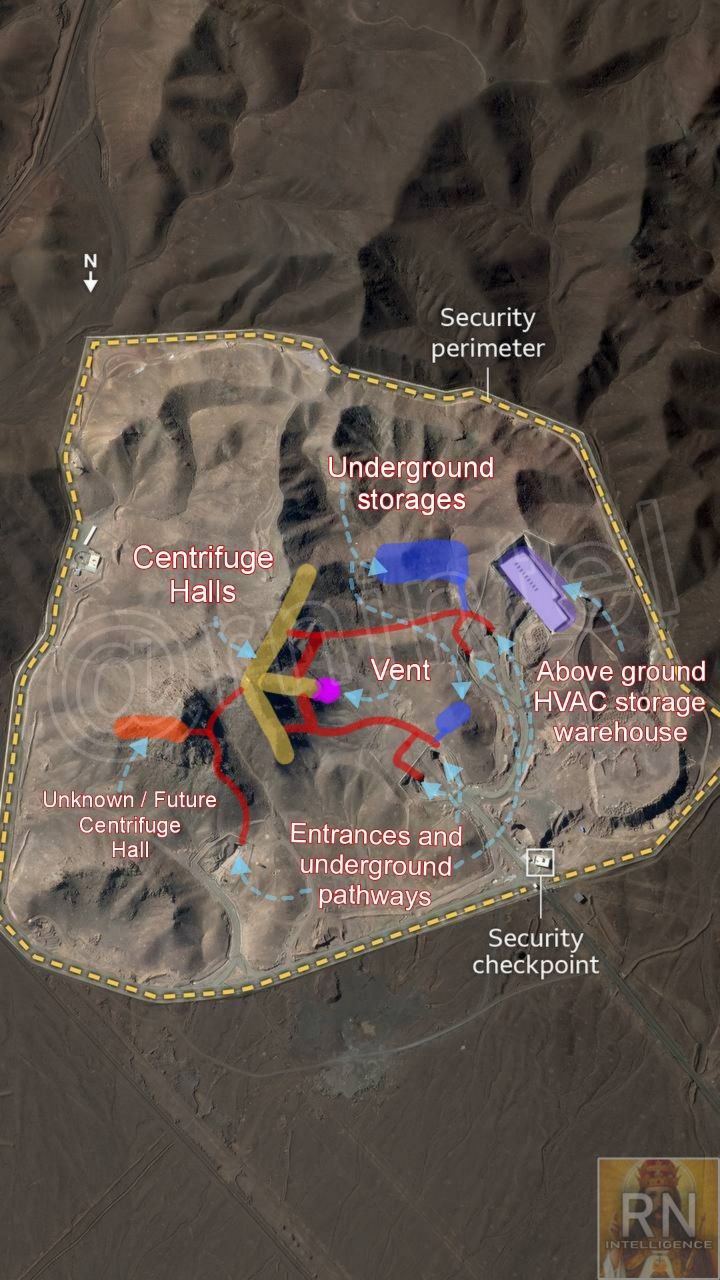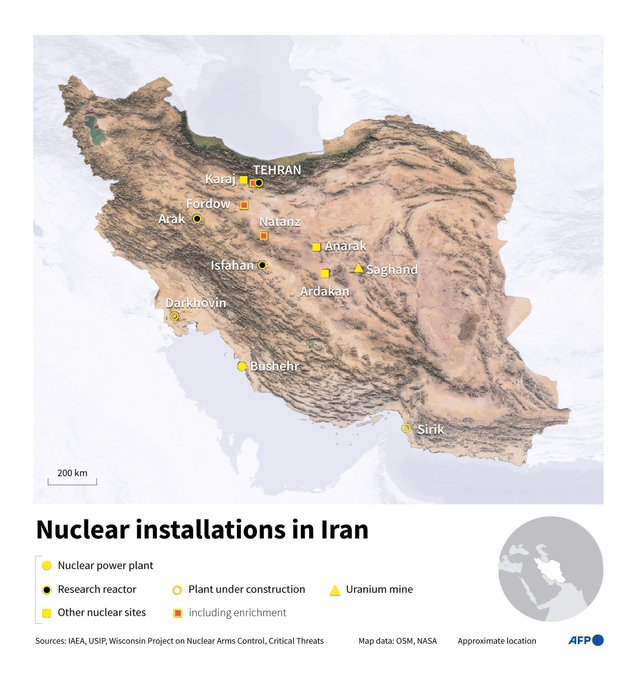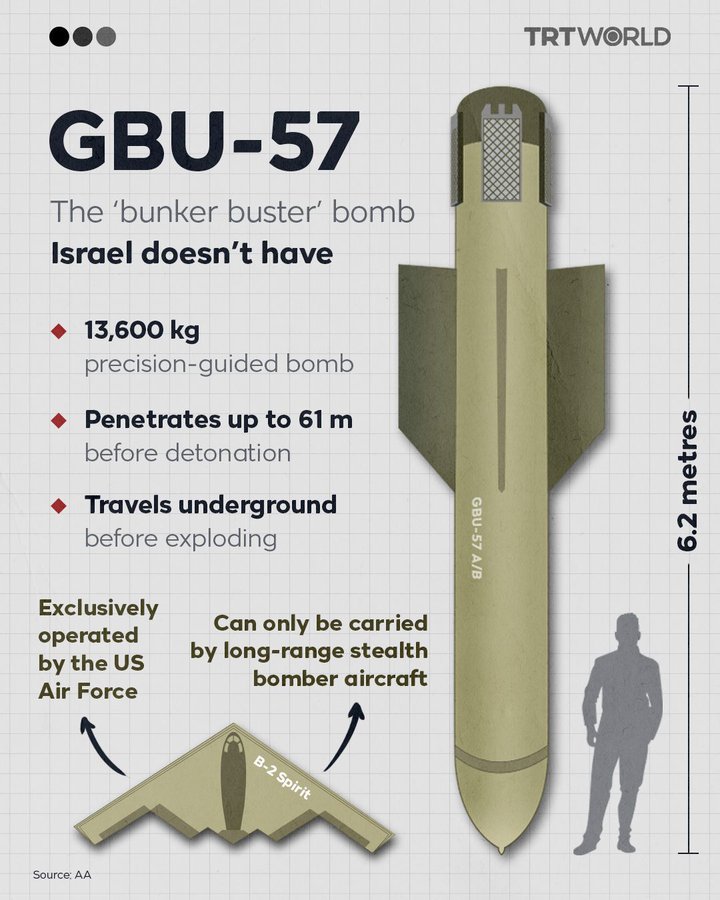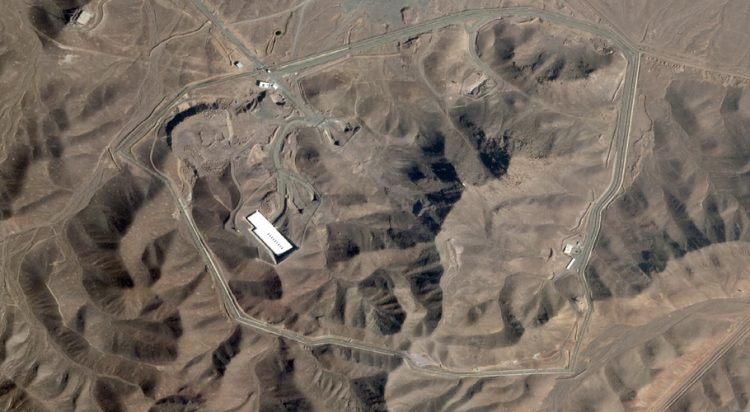President Donald Trump has said that American forces have carried out “highly successful” strikes on Iranian nuclear installations at Fordow, Natanz, and Isfahan, warning against any retaliatory action by stating: “Remember, many targets remain.”
The decision to involve the United States directly was made following more than a week of Israeli attacks on Iran.
Iran maintains that its nuclear program is solely for peaceful purposes, and U.S. intelligence agencies had previously assessed that Tehran was not actively attempting to develop a bomb.
Fordow Nuclear Site
Buried beneath a mountain and protected by anti-aircraft batteries, the Fordow nuclear fuel enrichment plant was previously considered to be beyond the reach of Israeli airstrikes.
Not only is the Fordow nuclear facility constructed at a depth of 90 meters, but its central centrifuge hall is situated directly beneath mountainous peaks, adding several hundred more meters of overhead protection.

The facility has at least five known entrances, two underground storage areas, and one vent that connects to the surface, which is considered a structural vulnerability. It contains a vast hall whose purpose remains unknown; however, this hall is also constructed directly beneath a ridge. A hardened structure, possibly serving as HVAC storage, is situated above ground.

Israel has appealed to Trump for the U.S.-made 30,000-pound GBU-57 Massive Ordnance Penetrator, a bunker-busting bomb that uses its weight and sheer kinetic force to reach deeply buried targets before detonating. It can only be delivered by the B-2 stealth bomber, an aircraft exclusive to the U.S. arsenal.
What is the GBU-57 Bunker Buster Bomb?
The GBU-57 series, known as the Massive Ordnance Penetrator (MOP), is a 30,000-pound (13,600-kilogram) class precision-guided “bunker buster” bomb developed for the United States Air Force (USAF). As of at least November 20, 2015, these bombs have been in production. Comprising the BLU-127 bomb body and a precision guidance kit, the GBU-57 comes in multiple variants and weights based on the BLU-127. It is considerably larger than earlier USAF weapons designed to destroy heavily fortified and deep underground bunkers, such as the 5,000-pound (2,300-kilogram) GBU-28 and GBU-37.

The B-2 Spirit strategic bomber is the only operational U.S. aircraft capable of carrying this heavy, 20.5-foot (6.2-meter)-long weapon.




































